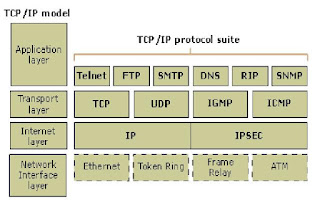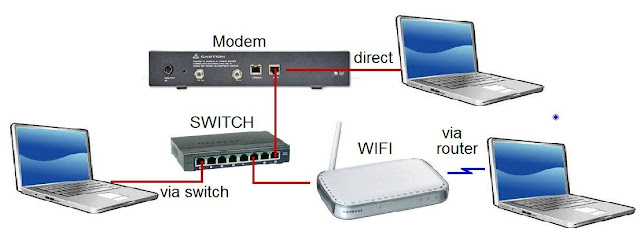WWW servers
WWW Servers
To make available the services of Web pages, web sites need a host -a computer-and server software that runs on the host. The host manages the communication protocols and the related software required to create a website on the Internet. The host machine often uses the UNIX, Windows NT, Windows 2000/2003 or Macintosh Operating systems which have the TCP/IP (Transmission Control Protocol/Internet Protocol) protocols built in. The server software resides on the host and servers up the pages and otherwise acts on the requests sent from the client browser software.
➤ A web server is a program that runs on a website and is responsible for replying to web browser request for files. You need a Web server to publish documents on the Web.
Types of Servers
There are different type of servers software (database servers or network servers, etc.) that perform different types of services for different types of clients. Specifically, a web server is an Hypertext Transfer Protocol (HTTP) server and its function is send to information to the client software(typically a browser) using the HTTP. The client browser requests and the server returns a Hypertext Markup Language (HTML) document. The server receives this request and sends back a response.
Function performed by Web Server
- The client's browser divides the URL into different parts including address, path name and protocol.
- The domain Name Server translate the domain name into the corresponding IP address. This numeric combination represents the site's true address on the Internet.
- The browser now decides which protocol should be used. A protocol, in common parlance, is a language which the clients machine uses to communicate with the server. FTP (File Transfer Protocol), HTTP (Hypertext Transfer protocol), etc. are some such protocols.
- The server sends a GET request to the Web server to the retrieve the address it has been given. It verify that the given address exists, finds the necessary files, runs the appropriate scripts, exchanges cookies, if necessary, and returns result back to the browser.
- The browser now converts the data into HTML and display the result to the user. If the server can't locate the file, the server sends an error message to the browser and eventually to the client.
This process is continue for every request sent by the browser and until the client browser leaves the Site.
Working of Web Server Software
Client (Internet browser) software sends its request for data to the host, and the web server software processes the request. Included in the browser's request is the desired information and the file formats the browser can accept. If the browser ask for an HTML file, the web server retrieves the file, attaches a header to it, and sends it to the browser. If the browser asks for specific database information, the web server passes a request through CGI to the application, which performs a database lookup. The CGI scripts returns the result to the web server, which in turn attaches a header to the data and sends it to the browser.



Comments